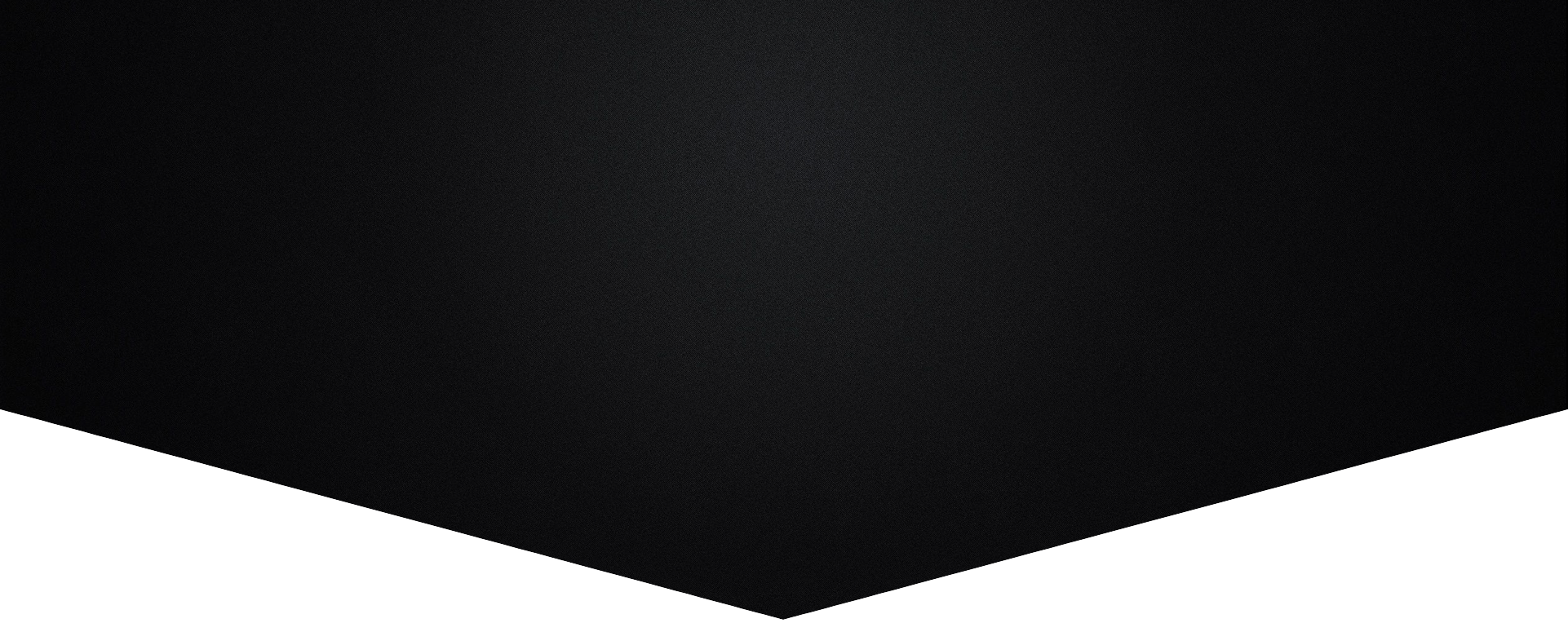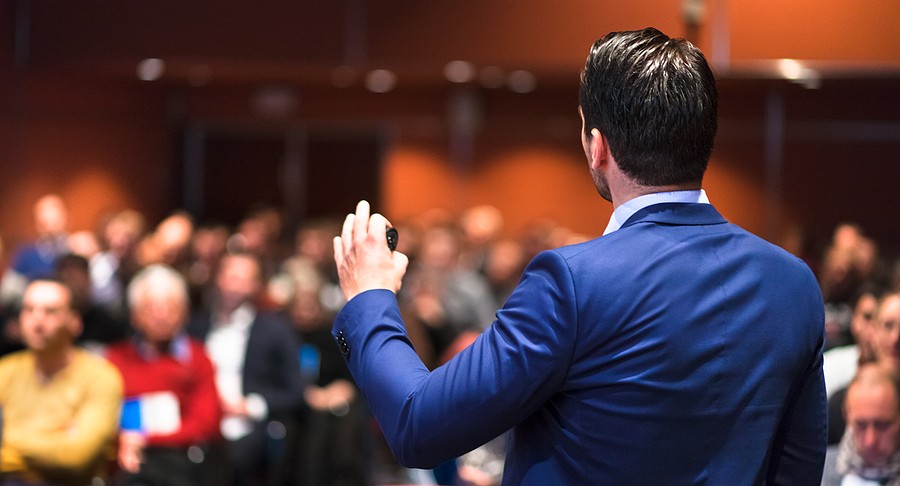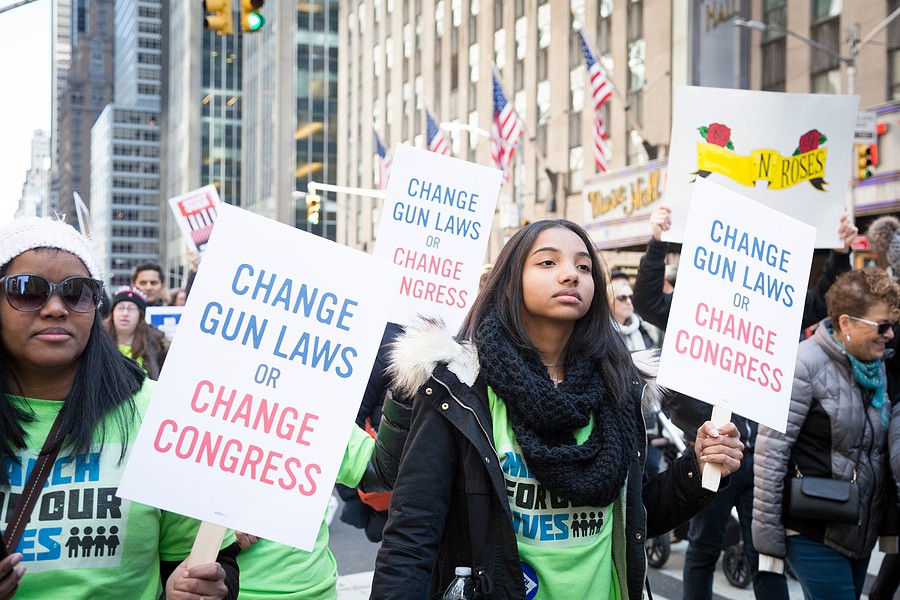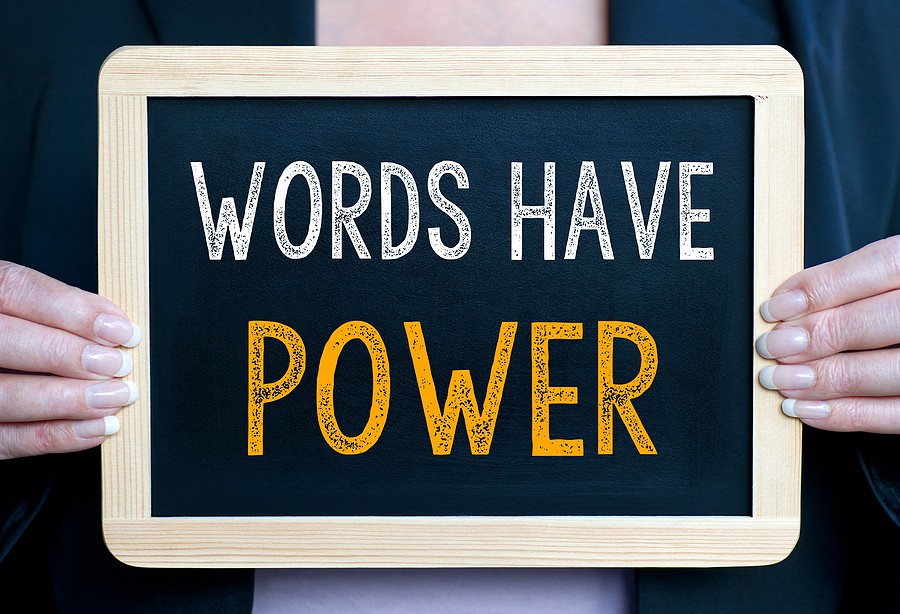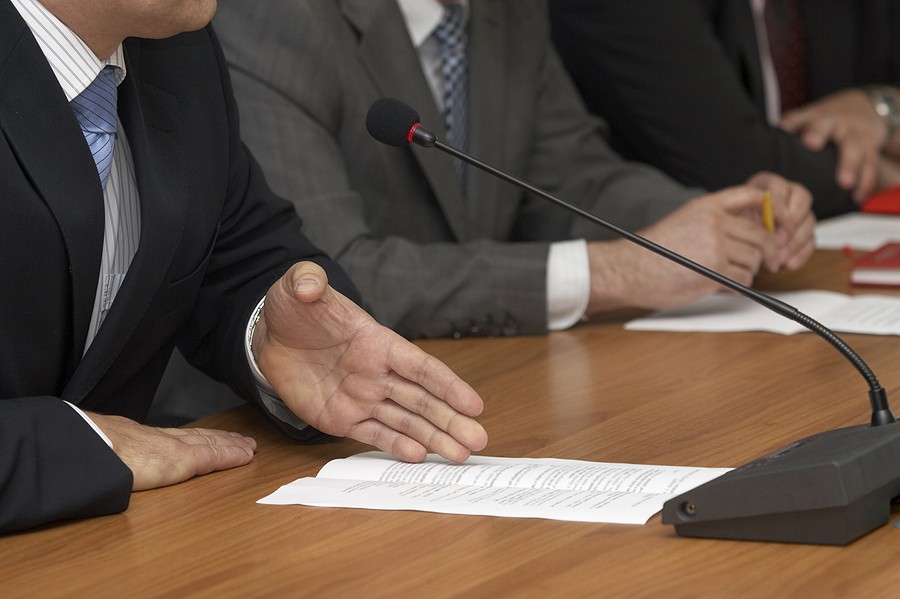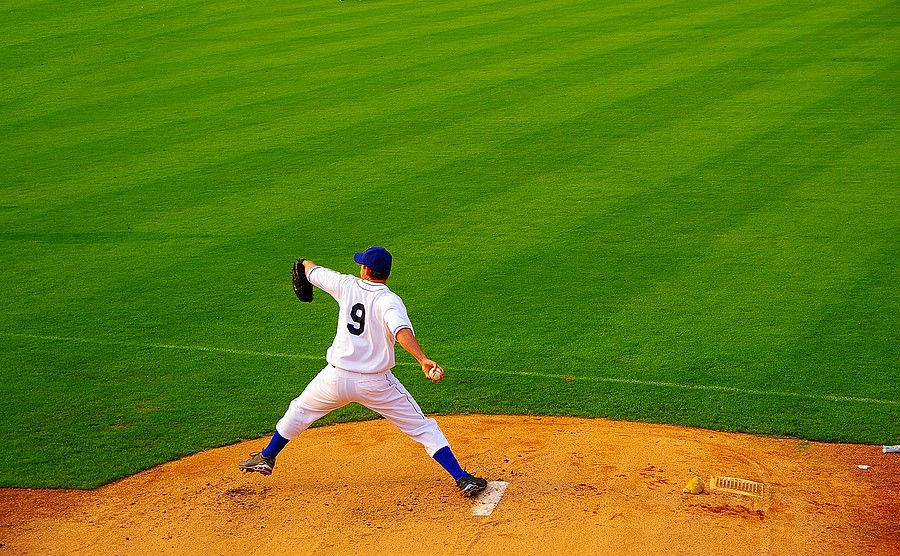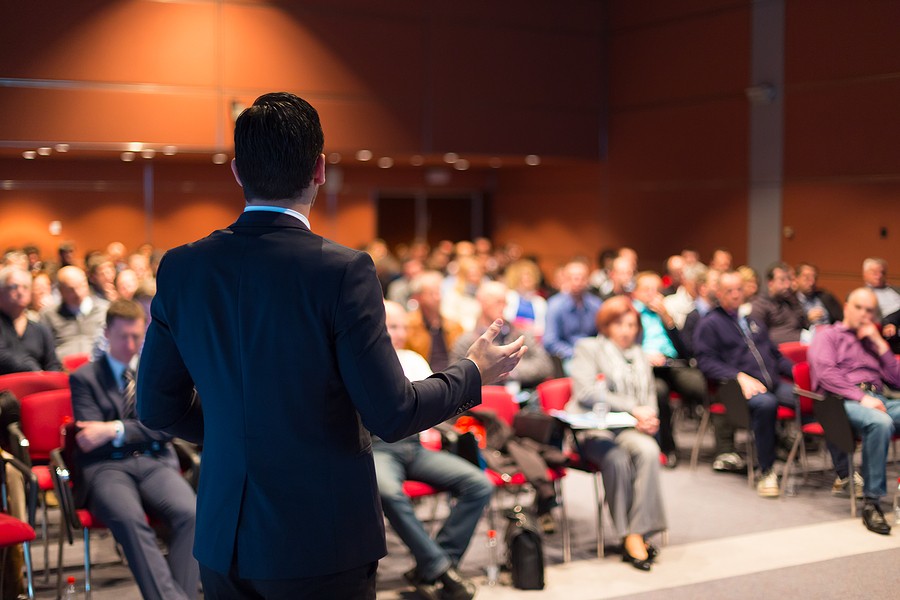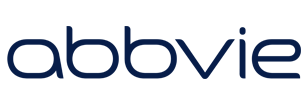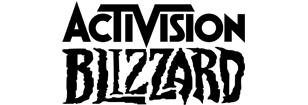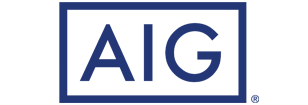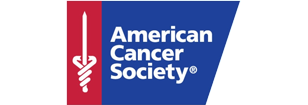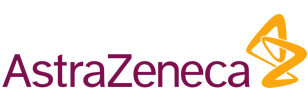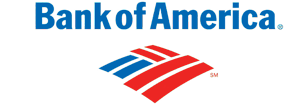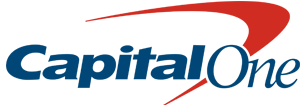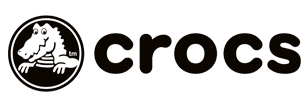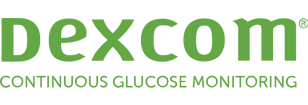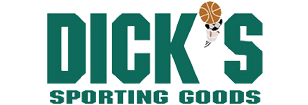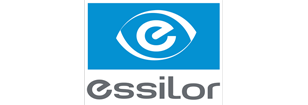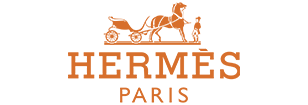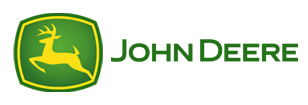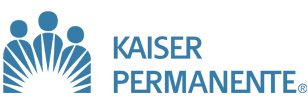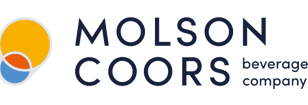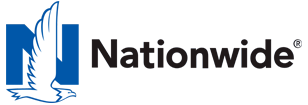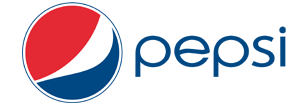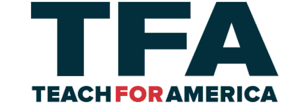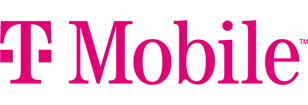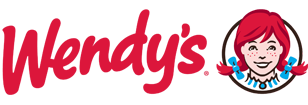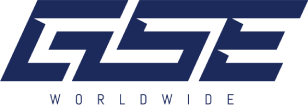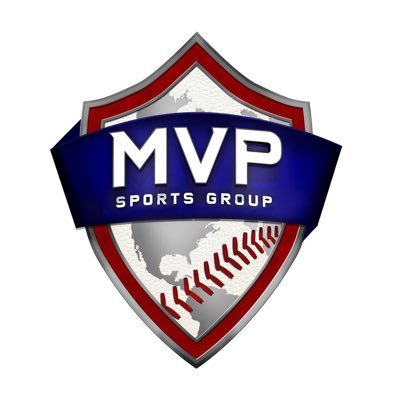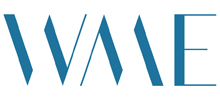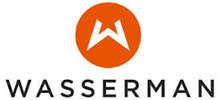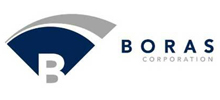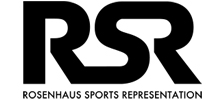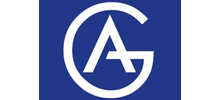Name, Image and Likeness: The Background and the Opportunities
- By Declan McManus
- Jul 07, 2021
Should student-athletes get paid? For decades, this has been a hot-button topic, with die-hard defenders on both sides. Student-athletes bring in a huge amount of revenue to institutions, so many believe that they deserve a slice of that enormous pie. Others, including the NCAA, argued that the student athletes not getting paid to play was a very important aspect of the “amateurism” that the NCAA so values.
Most students who have made their way through the education system in the US have written an essay or two on the question. It was a tried and tested debate topic in classrooms across the country, but it no longer holds the controversy that teachers were looking for because the question has now been answered. Collegiate athletes are finally allowed to make money off of their NIL, which stands for Name, Image and Likeness.
Supreme Court Decision and State Laws
The power of the NCAA, which is one of the most controversial points in the debate of whether or not collegiate athletes should be paid, made its way to the highest court in the land. The most recent Supreme Court case involving the NCAA, Alston v. NCAA, was decided in June 2021. While this case was not directly about NIL, it did have a large impact on the way that the NCAA views their power to prohibit student athletes from making money. The Supreme Court warned the NCAA that they were not immune from the antitrust laws that apply to every other entity in America, and cautioned the NCAA that they should be careful in not violating those laws when making any rule changes.
As of July 1, 2021, half a dozen states had active laws that would allow collegiate athletes to use their NIL to make money. In the coming months, many more states will join the states with active laws in providing guidance for NIL activities. Some of the opportunities that will come from these new laws are student athletes making money by hosting camps or giving lessons, signing endorsement deals with companies, doing autograph signings or appearances, and harnessing the power of their social media to make money through sponsored content. The possibilities are virtually endless.
NCAA Interim Policy
On June 30, 2021, the NCAA passed an interim policy to serve as guidance for NIL activities until a more permanent policy could be passed by the membership. The interim policy allows student athletes to either follow the state law if their institution is located in a state that has one, or engage in any NIL activity that is not violating NCAA rules if they are located in a state with no current state law. Schools are also allowed to adopt their own policies to protect their student athletes, and many have done so already.
In the past, the NCAA has been very wary of student athletes being in contact with professional agents and boosters, so this interim policy has been a huge change regarding those two groups of people and their ability to contact student athletes. All student athletes are now allowed to use professional services providers to assist them with their NIL activities as long as they are in compliance with state law. Many of the state laws require professional service providers to be registered as agents with the state. Boosters are also now allowed to assist student athletes with their NIL activities as long as there are no impermissible recruiting inducements that would be “pay for play.”
The interim policy also answered some big questions about how NIL would impact prospective student athletes, which are high school students who have the chance to play NCAA sports in the future. Many high school athletes have giant social media followings and garner lots of media attention during their collegiate recruitment, making them prime candidates to make money off of their NIL. The NCAA clarified that high school students are able to participate in NIL activities in high school without impacting their future collegiate eligibility, but they should also be cautious to follow state laws.
Something that has not yet been ironed out is how international student athletes will be able to participate in NIL activities. As it currently stands, issues with work visas and other tax implications are prohibiting international student athletes from making money off of their NIL, but this could be a big market if there is a change in this policy in the future.
Opportunities
There is plenty of room for growth, but as it stands now, here are some of the opportunities that student athletes have to make money off of their NIL:
Hosting camps or giving lessons --- Student athletes now have the ability to capitalize on the skills that they spend so much time working on in practices and games by hosting camps or giving lessons. Collegiate athletes compete at a very high level, and many of them have spent the majority of their lives working on their craft, so the opportunity to learn from them is an exciting one.
Signing Endorsement Deals --- Athletes have been on the side of cereal boxes and on commercials for a long time, and it is now time for collegiate athletes to get in on the fun. With huge fan bases that follow collegiate athletics, there is plenty of opportunity for companies to use NCAA athletes to endorse their brands in many different capacities.
Autograph Signings and Appearances --- Fans can now pay for their favorite student athlete to do an autograph signing or appearance at their next event. Autograph signing events with multiple student athletes, where fans can meet more than one athlete from their favorite team, will also be a great opportunity for both athletes and fans. Singing trading cards also has the potential to be a money maker for student athletes and a very special opportunity for collectors to expand into.
Social Media --- Today, many collegiate athletes have social media followings that rival their professional counterparts. The ability to reach the fans of collegiate athletes through social media is one that companies will want to jump on when they realize that these fans avidly follow these athletes with high rates of engagement on their social media platforms. Instagram, Twitter, and YouTube, as well as many other platforms, have the potential to be money makers for student athletes.
Looking Towards the Future
We are living through the very beginning of NIL, and it currently feels like the wild west. However, even in this chaos, it is easy to see that this is just the start of the opportunities that NIL can bring to student athletes, companies, and fans. In a piece by ESPN, the CEO of Engage, Daniel Hennes, spoke about how this is an ever evolving opportunity. He and his business partner, Jake Olson, believe that the power of the student athlete to make money off of NIL, if managed properly, can have a “huge positive impact” on student athletes in the future.
